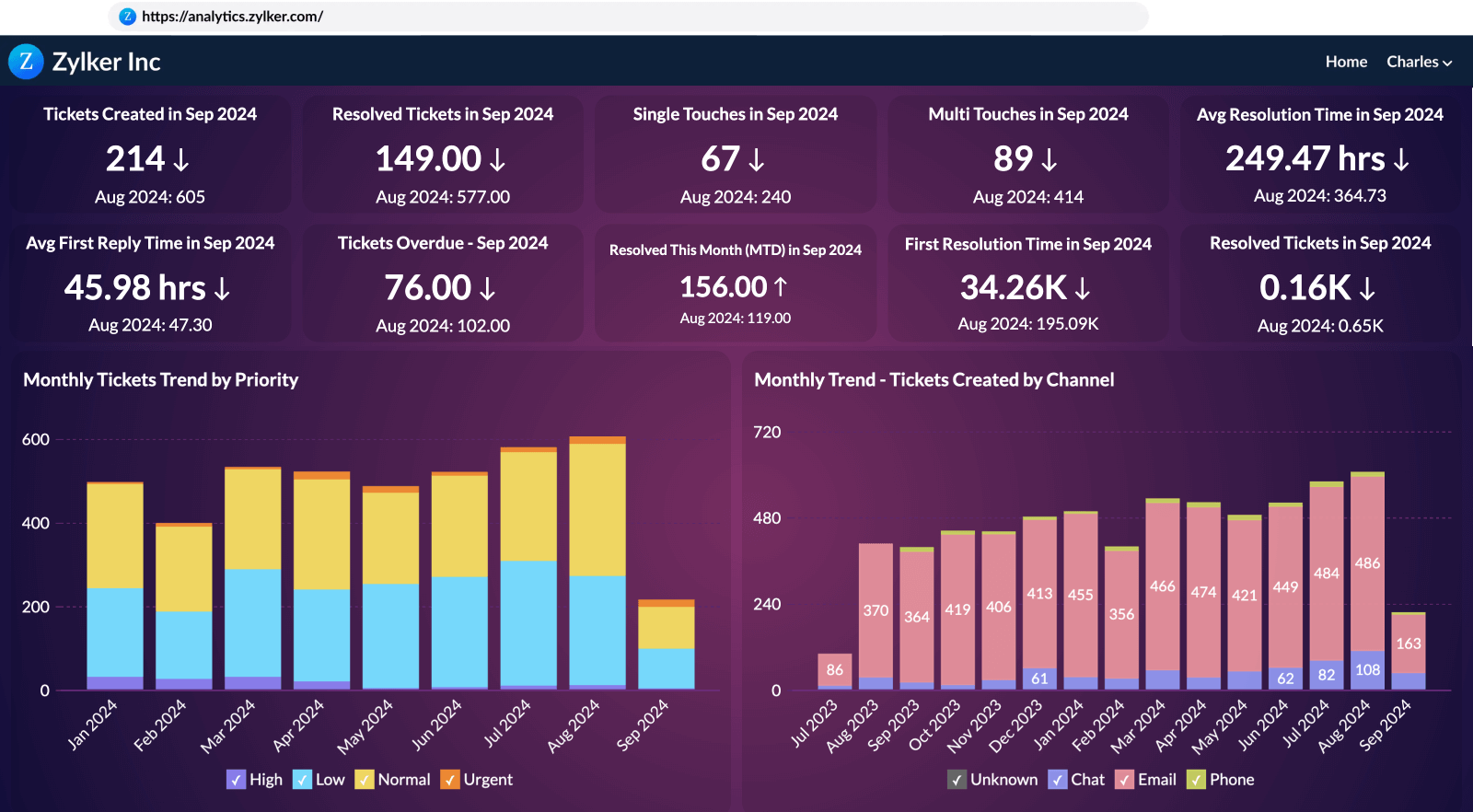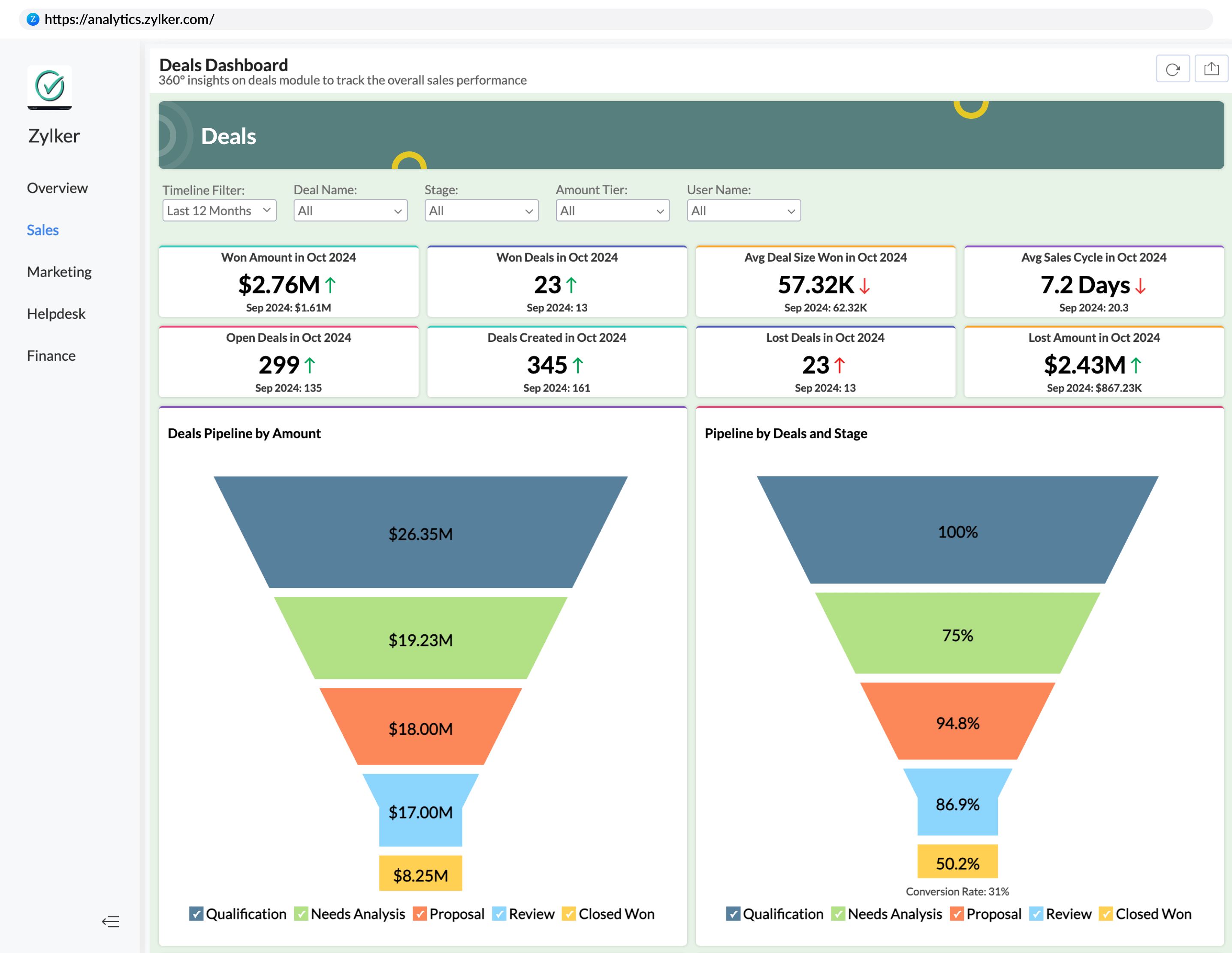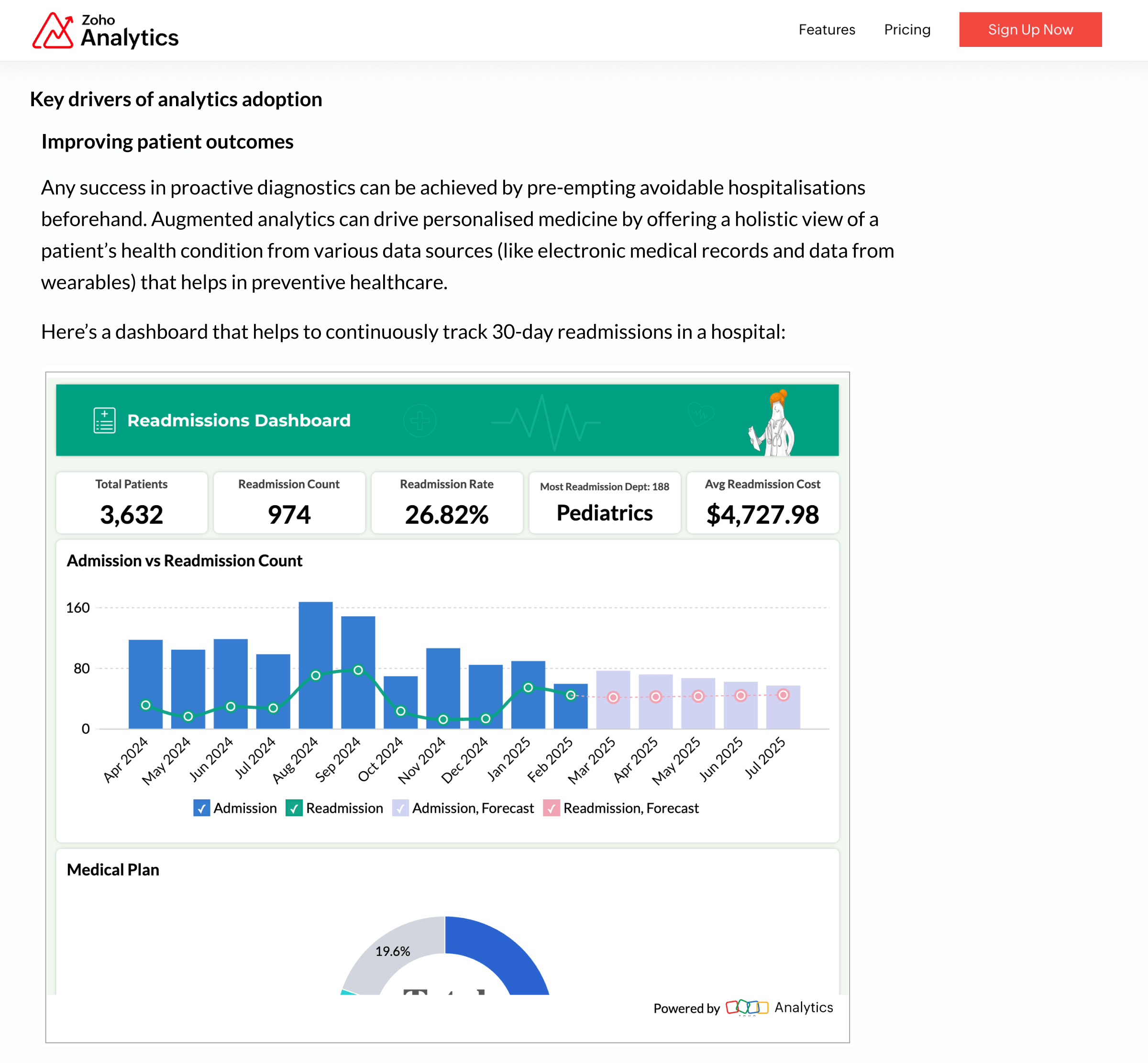Introduction to Embedded BI
In today's business landscape, Embedded BI is transforming the ways by which organizations integrate analytics within their business workflows. Instead of letting BI tools operate as stand-alone platforms, Embedded BI integrates natively within existing applications, thereby enabling business users to access reports and dashboards within the same platforms they use.
Why is Embedded BI Important
Traditional BI tools often require users to gather the analyzed insights separately. However, Embedded BI circumvents this gap by making actionable insights available within the right context of the workflows. This allows users to make timely decisions that have become increasingly essential in today's competitive business landscape.

Key Features of Embedded BI
Seamless Integration
Embedded BI platforms can integrate directly into databases, SaaS applications, and enterprise systems.
White-labeling
Embedded BI tools support customization of layouts, color schemes and visual elements to ensure alignment and consistency with the host application's brand guidelines.
Self-service Analytics
Users can create data visualizations, explore and analyze data via intuitive features like drag-and-drop interface, dynamic filtering etc.
AI-powered Insights
AI-augmented capabilities offer automated insights, predictive analytics, and anomaly detection, making embedded BI platforms accessible to all types of users.
Sharing and Collaboration
Users can easily share data visualizations with their peers or external stakeholders and collaborate on them in a variety of ways.
How Embedded BI Works
Embedded BI works by seamlessly integrating a full-fledged analytical platform into another 'host' application. This allows the application's users to access real-time insights and perform ad-hoc analysis without leaving their application interface.
There are multiple ways to embed analytics into business applications:
Common Use Cases of Embedded BI
Independent Software Vendors (ISVs):
ISVs , notably SaaS providers integrate robust BI & analytics capabilities into their applications, allowing users to access relevant, actionable insights without switching tools. Say a CRM software that features embedded dashboards to track sales trend, conversion rates and other important KPIs.
Industry-wise adoption:

Banks
Widely integrate BI reports and dashboards within their customer portals to provide real-time insights for account holders on their account summary, spending analysis, investment insights, etc.

Healthcare
providers (including Hospitals) use embedded reporting to track hospital operations, patient records, treatment outcomes, etc.

Manufacturing
Companies embed BI into their ERP and IoT platforms that enable their personnel to monitor production KPIs, equipment management, and supply chain logistics.

Governments
Use embedded BI to publish open data dashboards for citizens within their service portals showing trends in public health, crime rates, or economic growth.
Benefits of Embedded BI
Here are some key benefits of leveraging embedded BI in business context:
Seamless User Experience (UX) & Workflow Integration
Embedded BI blends analytics within the existing software, thereby enabling smoother workflows
Empowers employees at all levels
From executives to frontline workers, anyone can make data-driven decisions by doing ad-hoc self-service analysis, without IT dependency.
Proactive decision-making
Real-time, contextual availability of insights along with alerts for critical updates, enhances the proactiveness of decision-makers.
Opens new revenue streams
For Independent Software Vendors(ISVs), embedding BI features can be offered as premium upgrades to their existing pricing tiers.
Challenges in Implementing Embedded BI
Despite embedded BI offering significant advantages, its successful implementation comes with its own set of challenges.
Data Security & Compliance
Embedded BI involves sensitive business and customer data. Hence, Embedded BI tools should ensure to tick boxes like end-to-end encryption, secure authentication, fine-grained access control, etc that are non-negotiables for compliance with industry standards like GDPR, HIPAA, SOC 2, ISO 27001 etc.
Technical Complexities
Bringing variety of data from multiple data sources like legacy systems, modern SaaS platforms, databases etc is hugely demanding. Also, ensuring the seamlessness between an embedded BI tool and its host application is no easy task. Modern BI platforms, more often than not, provide extensibility and customization friendly features that help in addressing these complexities effectively.
User Adoption
There are many organizations where users may struggle to understand the utility of reports/dashboards and would prefer to stick with their legacy methods, which defeats the purpose of embedded BI. In this context, the significance of user training and self-service documentation becomes even more important.
Licensing & Cost
Embedded BI software solutions are offered at per-user pricing, which can be hugely expensive with higher usage volume. Hence, ISVs and organizations should chart a strategic approach to embedded BI that encompasses win-win pricing, optimal usage and scope of embedding.
Evolving BI Market
The BI landscape is constantly evolving, with cutting-edge innovations in AI-driven analytics, natural language querying, and real-time data streaming. An embedded BI tool remains useful in the long run only if it stays relevant by adapting to the latest trends.
Choosing the Right Embedded BI Solution
Selecting the right platform for embedded BI is a pivotal call that should factor in the technical, business, and user requirements of the organization, along with performance considerations. Here's a check-list to begin with:
Robust Self-service BI & analytics capabilities
Multiple embedding options
White-labeling capabilities
Support for real-time analytics & streaming data
Multi-tenancy support for SaaS applications
Role-Based Access Control (RBAC) & Row-Level Security (RLS)
Audit logs & activity tracking for security monitoring
Affordable pricing models that align with business requirements
24/7 technical support & documentation
A transparent roadmap and rapid feature rollouts to keep pace with changing business needs.
As AI-powered automation and real-time analytics continue to reshape the BI landscape, organizations with a robust embedded BI approach will definitely stay ahead of the competition. Whether you're a SaaS provider looking to enhance product value or an enterprise looking to power data-driven decision-making, Embedded BI is the key to unlock seamless, in-context analytics that's becoming non-negotiable in modern business culture.
Zoho Analytics has a proven track-record of being a powerful embedded BI platform. If you are interested in exploring our full-fledged BI & analytics capabilities before making a choice, you can get started here.



